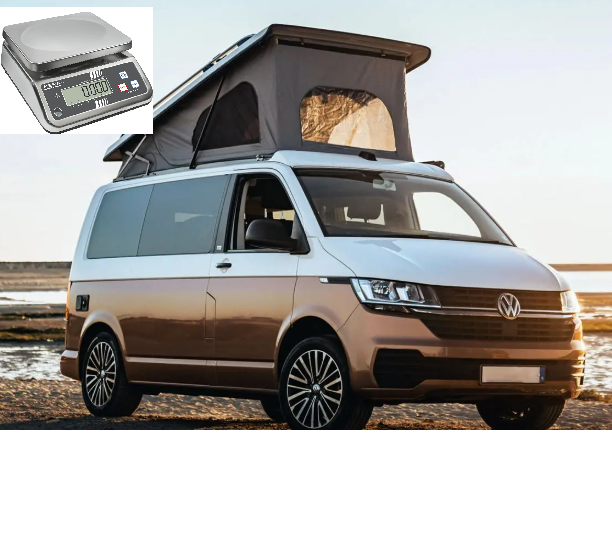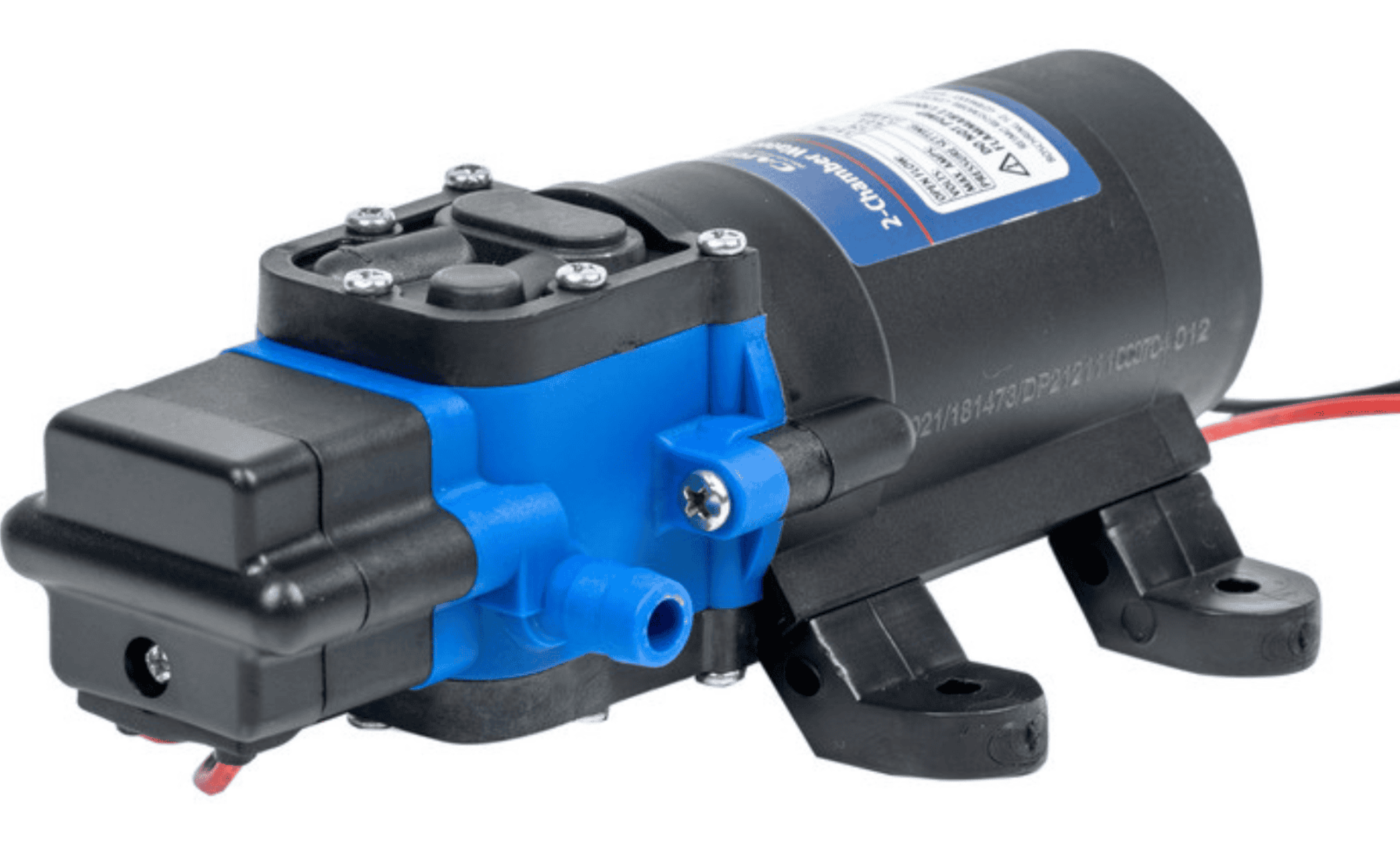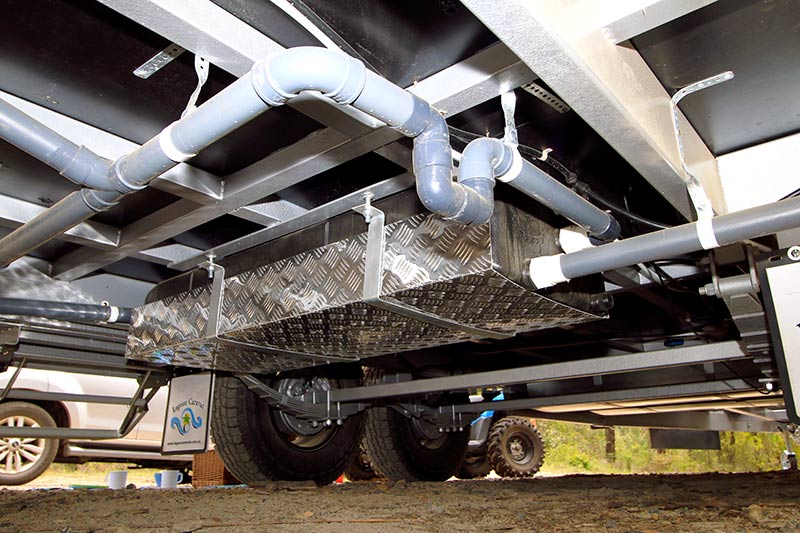When it comes to powering your campervan, choosing the right charging system is crucial. While split charge relays have long been a popular choice, DC-DC chargers are gaining traction for their superior performance and efficiency. In this blog post, we’ll explore the differences between these two systems and delve into the benefits of using a DC-DC charger in your campervan conversion.
Understanding DC-DC Chargers
A DC-DC charger is a more advanced charging system that converts the voltage from your vehicle’s alternator to a suitable voltage for your leisure battery. Unlike split charge relays, which simply connect and disconnect batteries, DC-DC chargers actively manage the charging process, ensuring optimal charging for your leisure battery.
Key Benefits of DC-DC Chargers
- Efficient Charging: DC-DC chargers regulate the voltage and current, ensuring your leisure battery receives the optimal charge, even when driving conditions are less than ideal.
- Temperature Compensation: Many DC-DC chargers have built-in temperature compensation, which adjusts the charging process based on the battery’s temperature, preventing overcharging and extending battery life.
- Versatile Charging Profiles: DC-DC chargers often offer various charging profiles, allowing you to customize the charging process based on your battery type and specific needs.
- Built-in Protection: Most DC-DC chargers include features like overvoltage, overcurrent, and short circuit protection, safeguarding your battery and electrical system.
- Remote Monitoring and Control: Some advanced DC-DC chargers offer remote monitoring and control capabilities, allowing you to track battery status and adjust settings from your smartphone.
DC-DC Chargers vs. Split Charge Relays
While split charge relays are a simple and affordable option, DC-DC chargers offer several advantages:
- Improved Charging Efficiency: DC-DC chargers provide more efficient charging, ensuring your leisure battery is fully charged, even on shorter trips.
- Extended Battery Life: The intelligent charging algorithms in DC-DC chargers help prolong the lifespan of your leisure battery.
- Enhanced Safety: Built-in protection features in DC-DC chargers minimize the risk of damage to your battery and electrical system.
- Greater Flexibility: DC-DC chargers often offer more advanced features and customisation options compared to split charge relays.
Using a DC-DC Charger in Your Campervan Conversion
Installing a DC-DC charger in your campervan is a relatively straightforward process. However, it’s essential to choose a charger that’s compatible with your vehicle’s electrical system and your leisure battery type. It’s also recommended to consult with a qualified electrician to ensure proper installation and wiring.
Conclusion
While split charge relays have long been a popular choice for campervan conversions, DC-DC chargers offer a superior solution for efficient, safe, and reliable charging. By investing in a DC-DC charger, you can maximise your off-grid adventures and enjoy the peace of mind that comes with knowing your campervan’s electrical system is in good hands.
Additional Tips:
- Consider the size and power requirements of your leisure battery when choosing a DC-DC charger.
- Ensure the charger is compatible with your vehicle’s alternator and charging system.
- Regularly monitor your battery voltage and charging status to ensure optimal performance.
- Consult with a qualified electrician for professional installation and advice.
By understanding the benefits of DC-DC chargers and making an informed decision, you can power your campervan adventures with confidence and efficiency.




